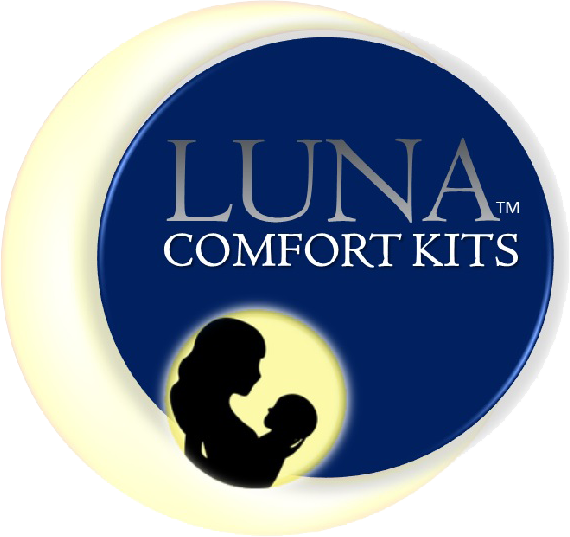Research
There is evidence that warmth can help soothe many causes of breast and nipple pain. Here are some research articles for you to explore:
- Buchko BL, Pugh LC, Bishop BA, Cochran JF, Smith LR, Lerew DJ. Comfort measures in breastfeeding, primiparous women. J Obstet Gynecol Neonatal Nurs. 1994;23(1):46-52.
This study included 73 first time, breastfeeding mothers in the postpartum period. The study compared a variety of sore nipple care strategies. It found that warm water compresses significantly decreased nipple pain compared to any other intervention.
- Buck ML, Amir LH, Cullinane M, Donath SM. Nipple pain, damage, and vasospasm in the first 8 weeks postpartum. Breastfeed Med. Mar 2014;9(2):56-62.
This study followed 360 first time mothers in the early postpartum period. 79% of these women reported nipple pain. By week 8 postpartum 35% of all the women still had nipple pain and 22% of them were due to nipple vasospasm pain (77 out of 340 mothers were still dealing with vasospasm pain at 8 weeks postpartum). “Nipple vasospasm pain may be effectively treated by applying warmth…”
- Kent JC, Ashton E, Hardwick CM, et al. Nipple Pain in Breastfeeding Mothers: Incidence, Causes and Treatments. International journal of environmental research and public health. Sep 29 2015;12(10):12247-12263.
In this study, the authors found that nipple pain is one of the most common reasons for ceasing exclusive breast-feeding. The most common causes of nipple pain included incorrect latch, tongue tie, infection, mastitis, inverted nipples, and vasospasm. The authors found that pain due to vasospasm or Raynaud’s can be treated using warmth amongst other things.
- Page T, Lockwood C, Guest K. Management of nipple pain and/or trauma associated with breast-feeding. JBI Libr Syst Rev. 2003;1(3):1-33.
The systematic review found that there were many possible causes for sore nipples. It found that warm water compresses are recommended for the prevention and reduction of nipple pain. In comparison, hydrogel dressings were found to increase the rate of nipple infections.
- Pugh LC, Buchko BL, Bishop BA, Cochran JF, Smith LR, Lerew DJ. A comparison of topical agents to relieve nipple pain and enhance breastfeeding. 1996;23(2):88-93.
177 breastfeeding women were randomly assigned to four groups (lanolin, warm water compresses, expressed breastmilk and air drying), all received breastfeeding education. Raw data scores from the study support the use of warm water compresses.
6. Kent, J. C., Prime, D. K., & Garbin, C. P. Principles for Maintaining or Increasing Breast Milk Production. Journal of Obstetric, Gynecologic & Neonatal Nursing, 41(1), 114-121. doi: 10.1111/j.1552-6909.2011.01313.x
The release of oxytocin stimulates milk ejection needed for effective breast milk expression or breastfeeding…To enhance milk ejection, relaxation techniques can be used…Some mothers have found that…applying warm compresses before expressing can be helpful with milk ejection.
7.Arora, S., Vatsa, M., & Dadhwal, V. (2008). A Comparison of Cabbage Leaves vs. Hot and Cold Compresses in the Treatment of Breast Engorgement. Indian J Community Med, 33(3), 160-162.
…. Hot and cold compresses are more effective in decreasing pain than cold cabbage leaves in relieving pan due to breast engorgement.
8. Yigit et al. (2012) Does Warming the Breast Affect the Amount of Breastmilk Production? DOI: 10.1089/bfm.2011.0142.
…The amount of breastmilk that was obtained from warmed breasts was significantly higher than that obtained from nonwarmed breasts…Warming up breasts increases the amount of breastmilk, thus facilitating infant nutrition and recovery…
